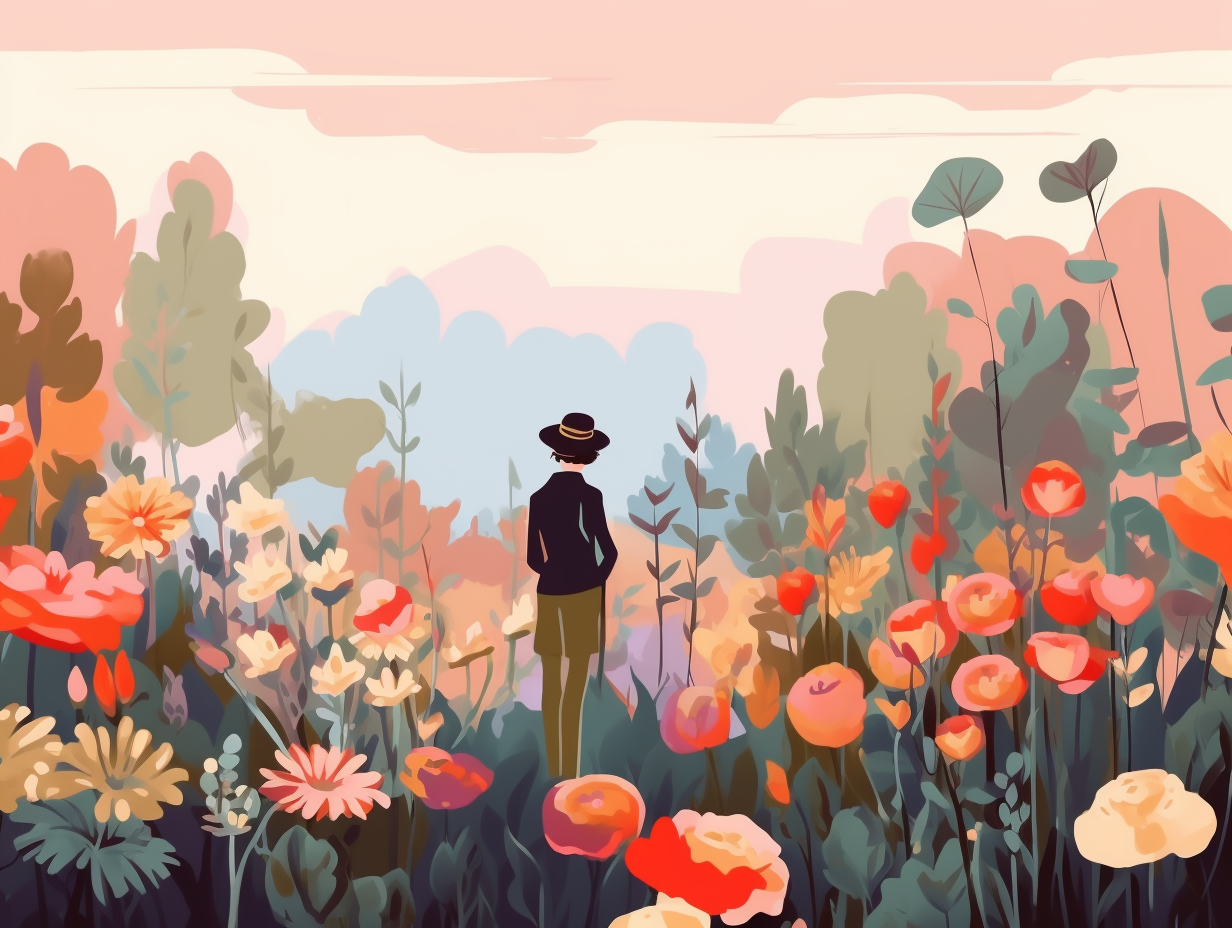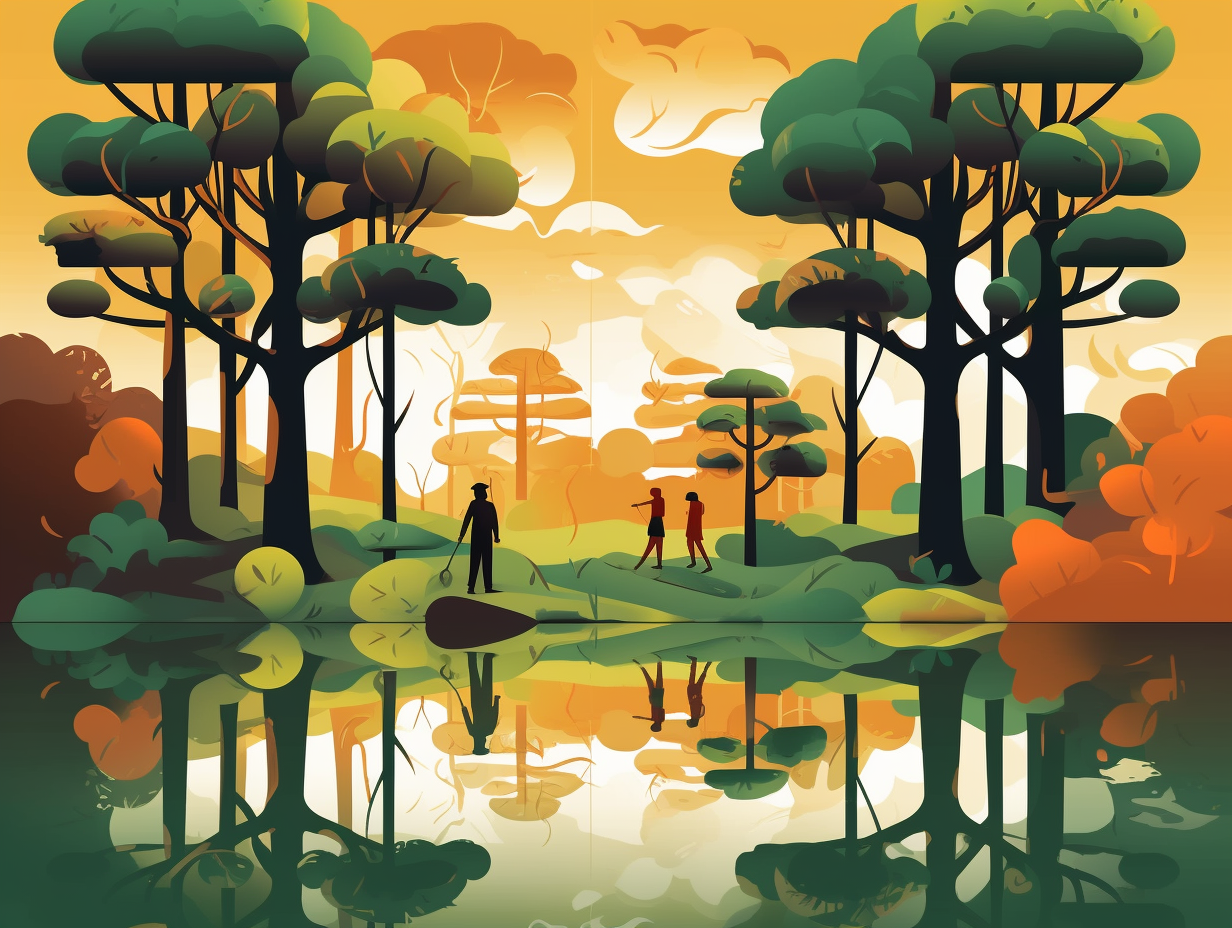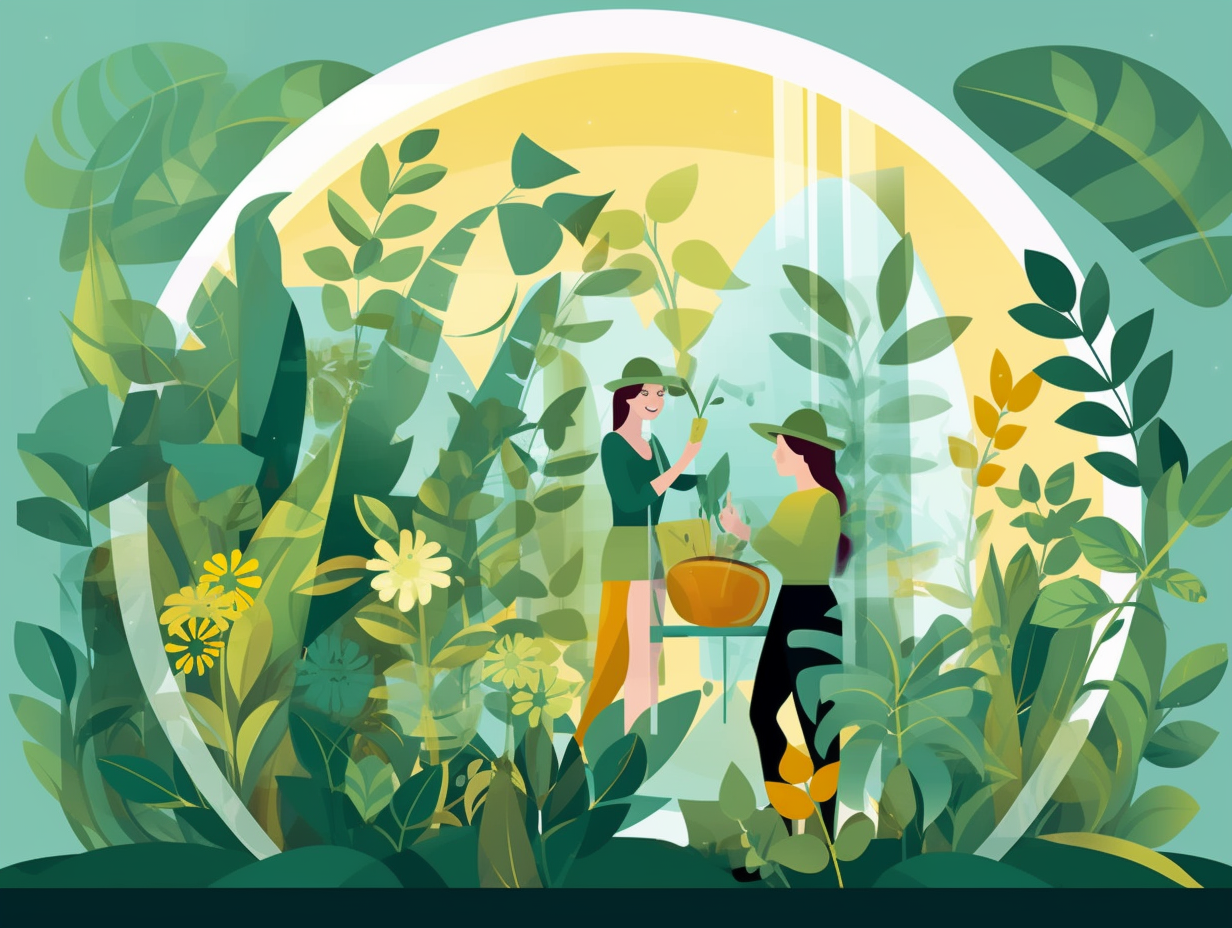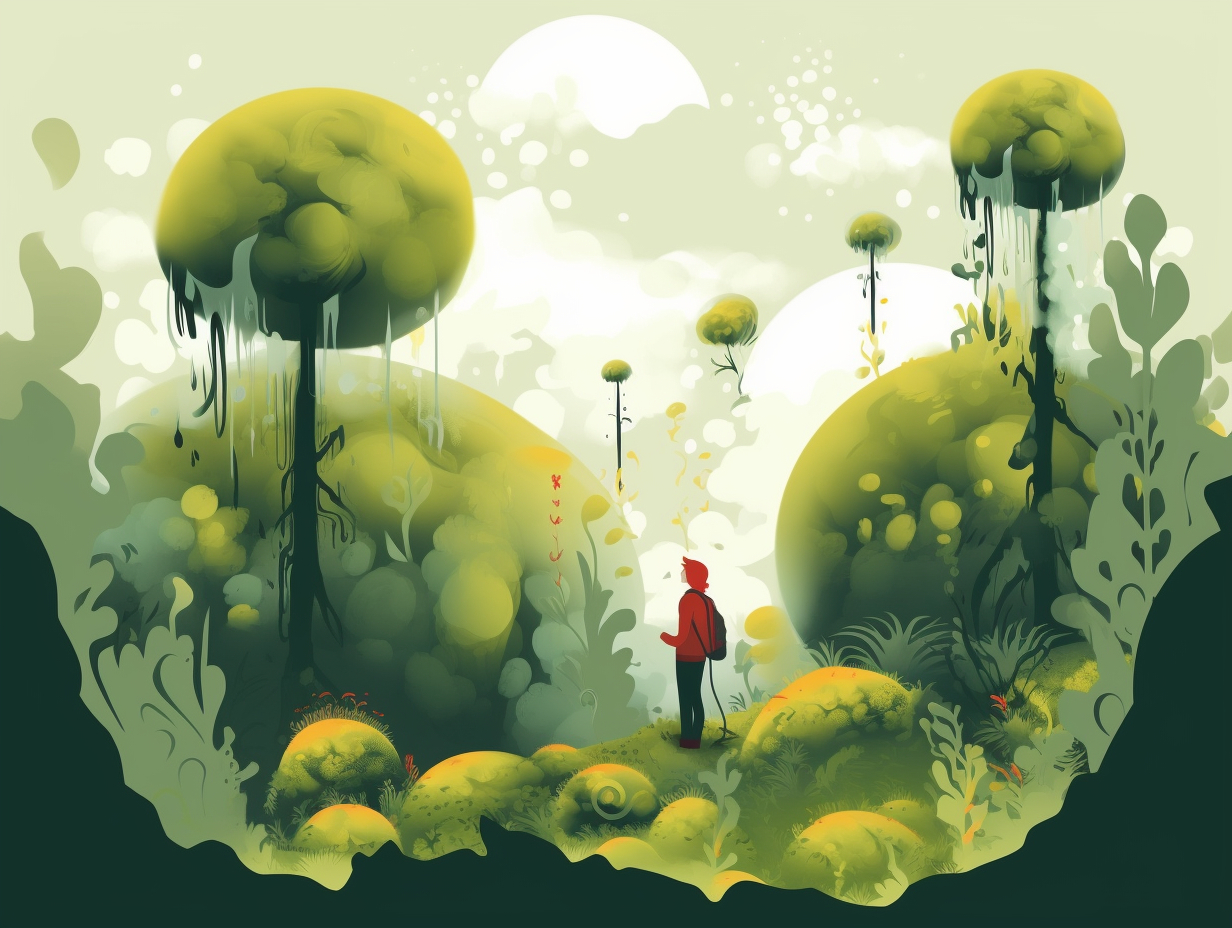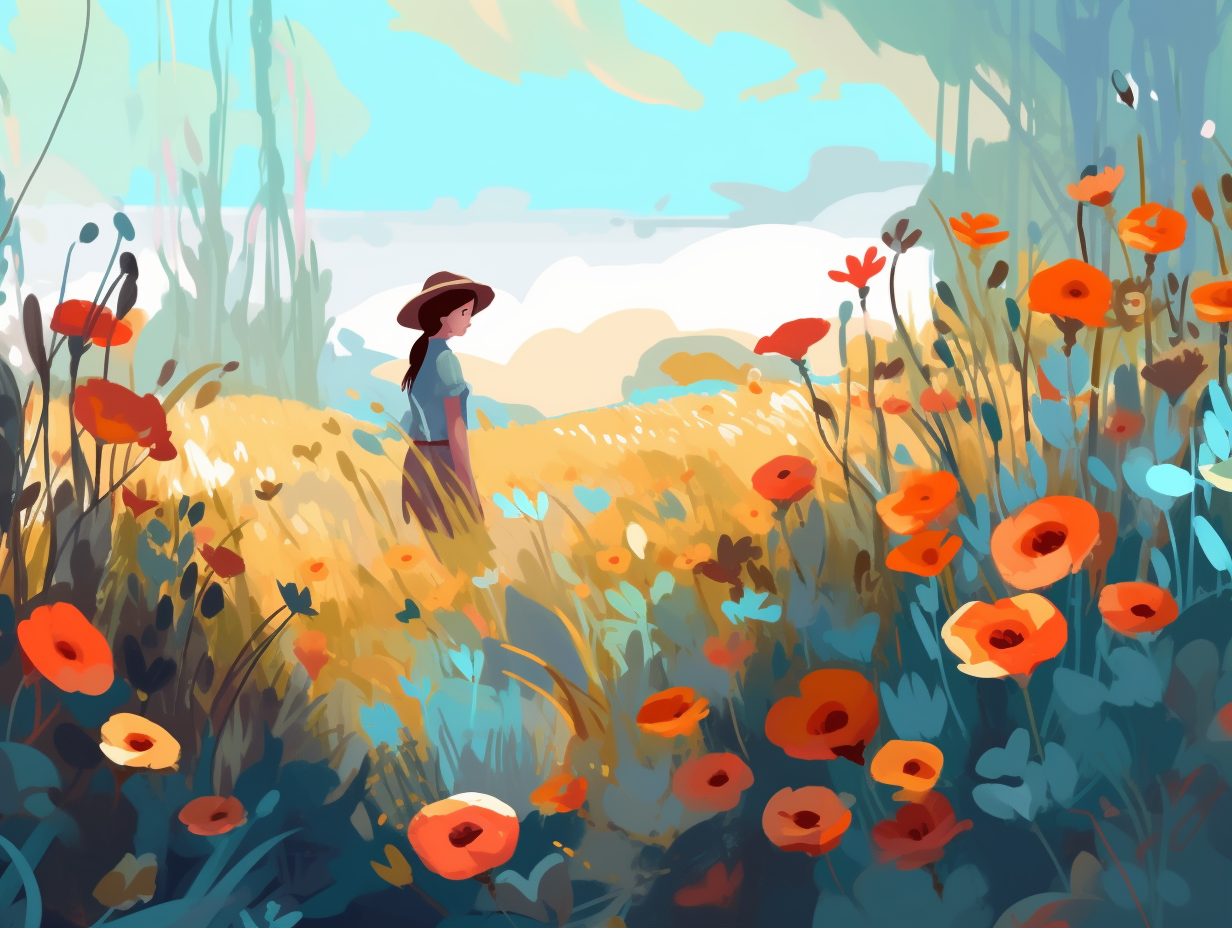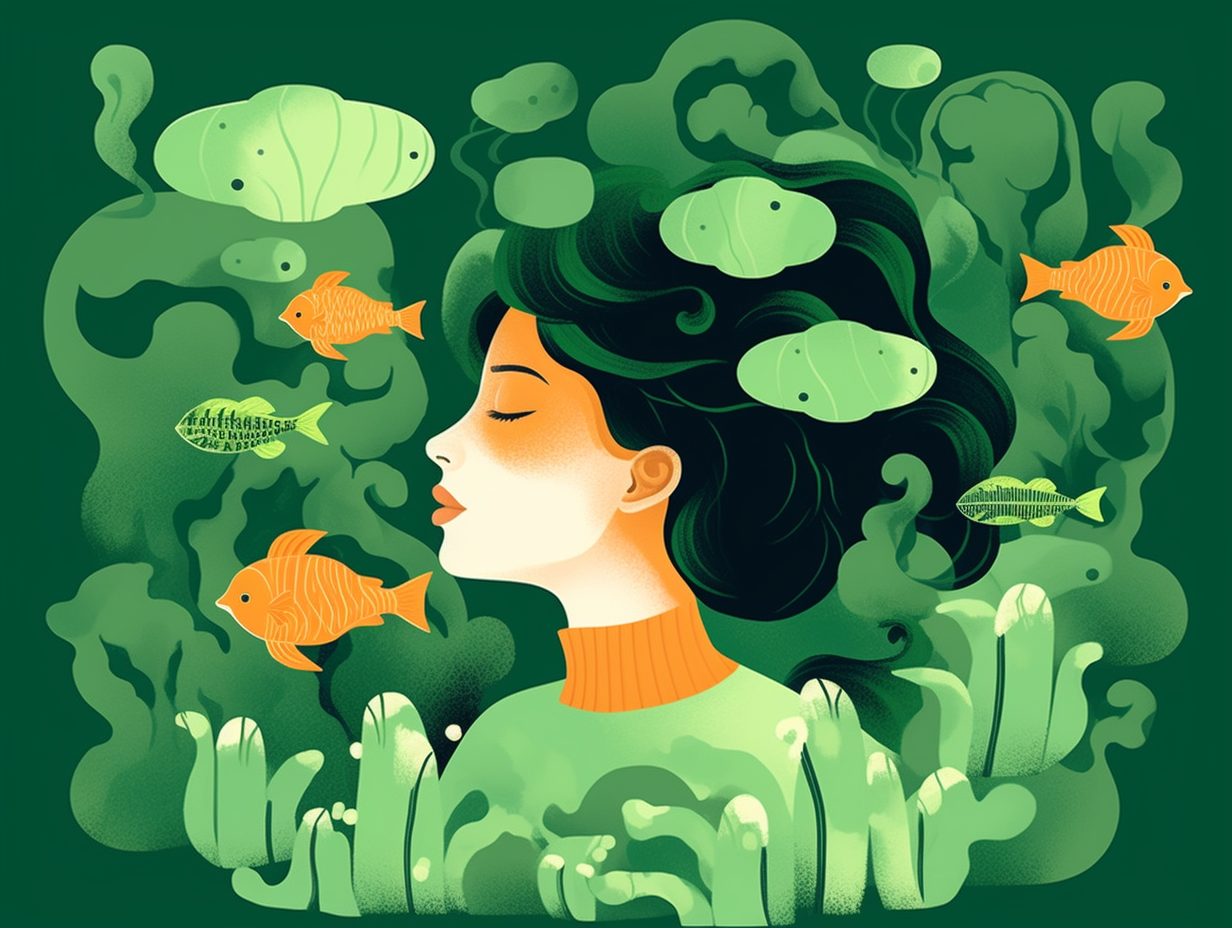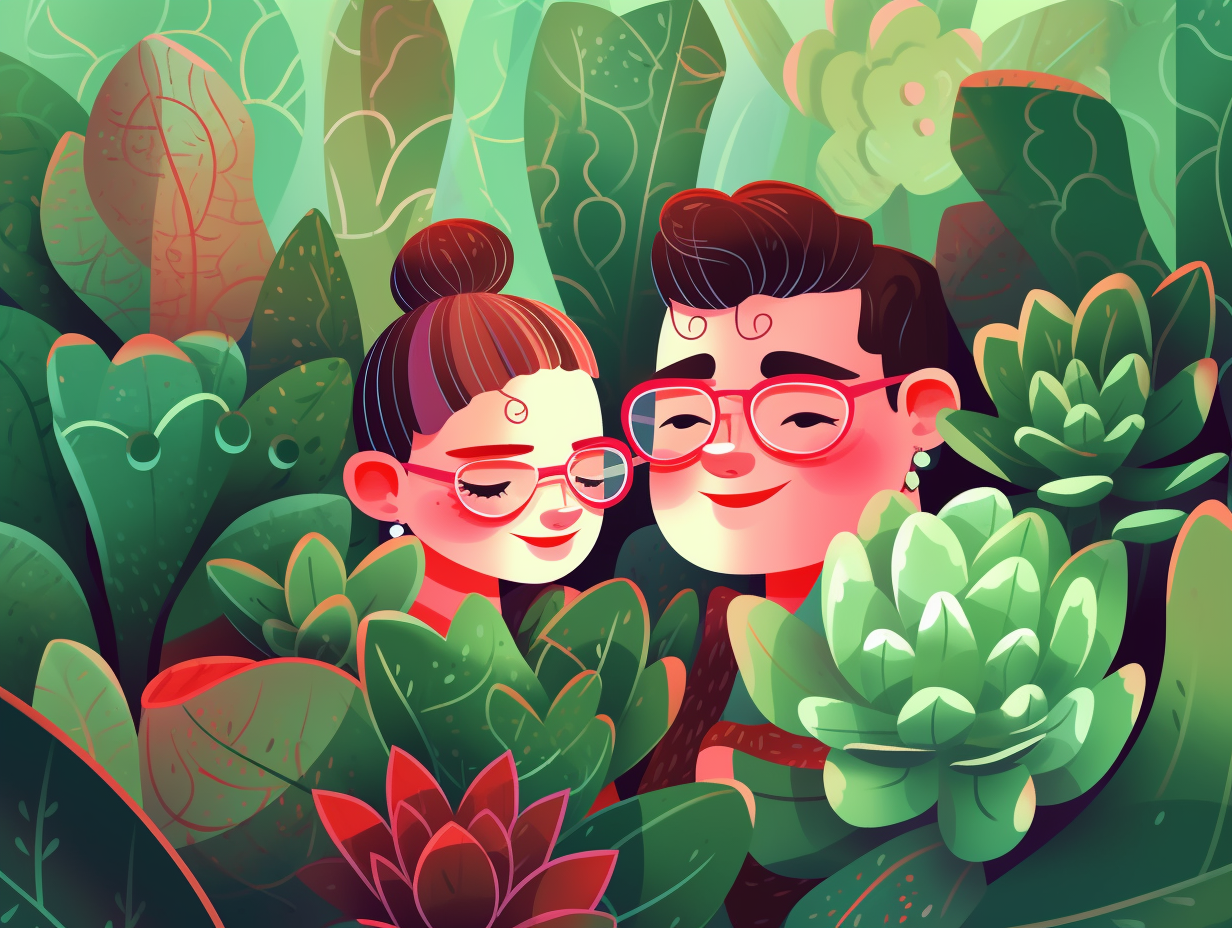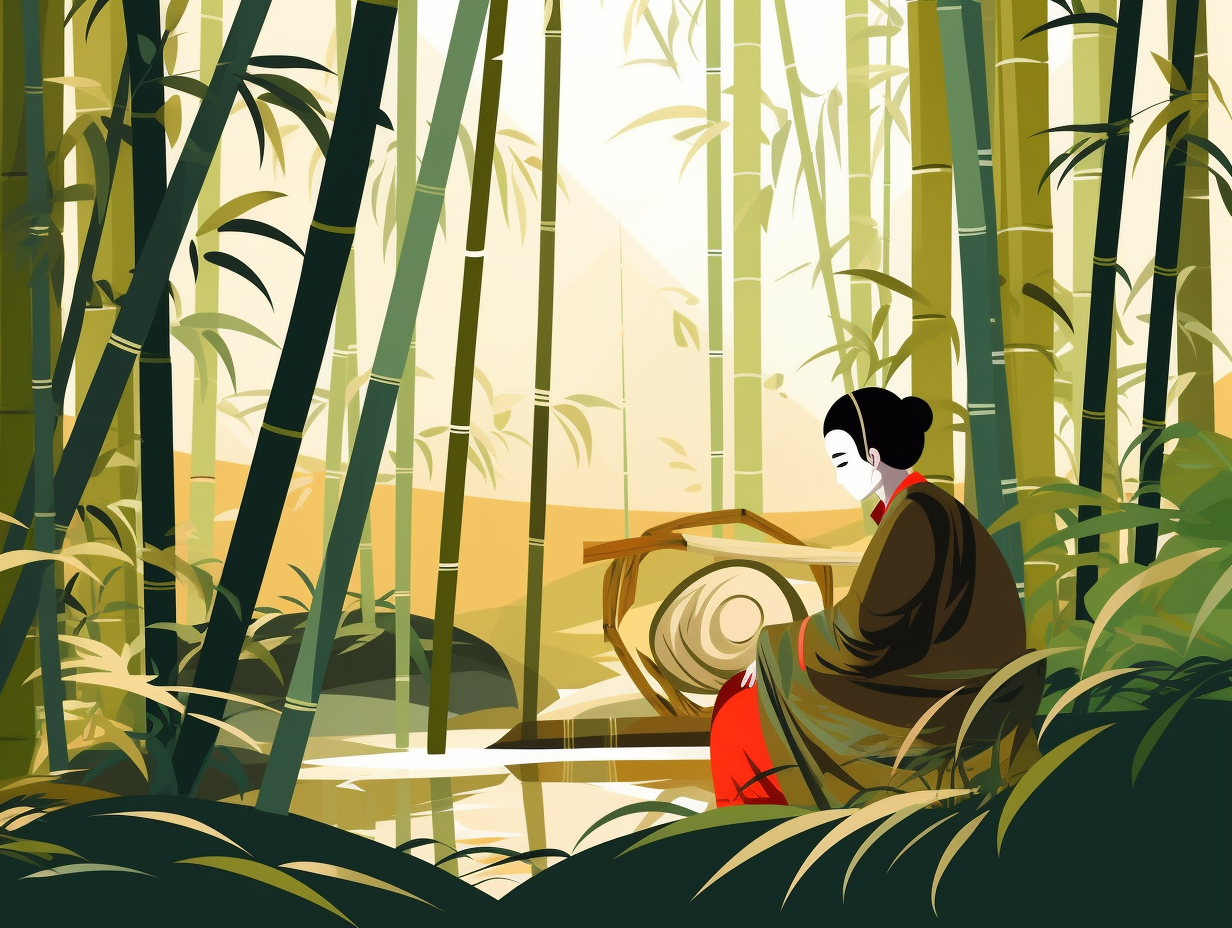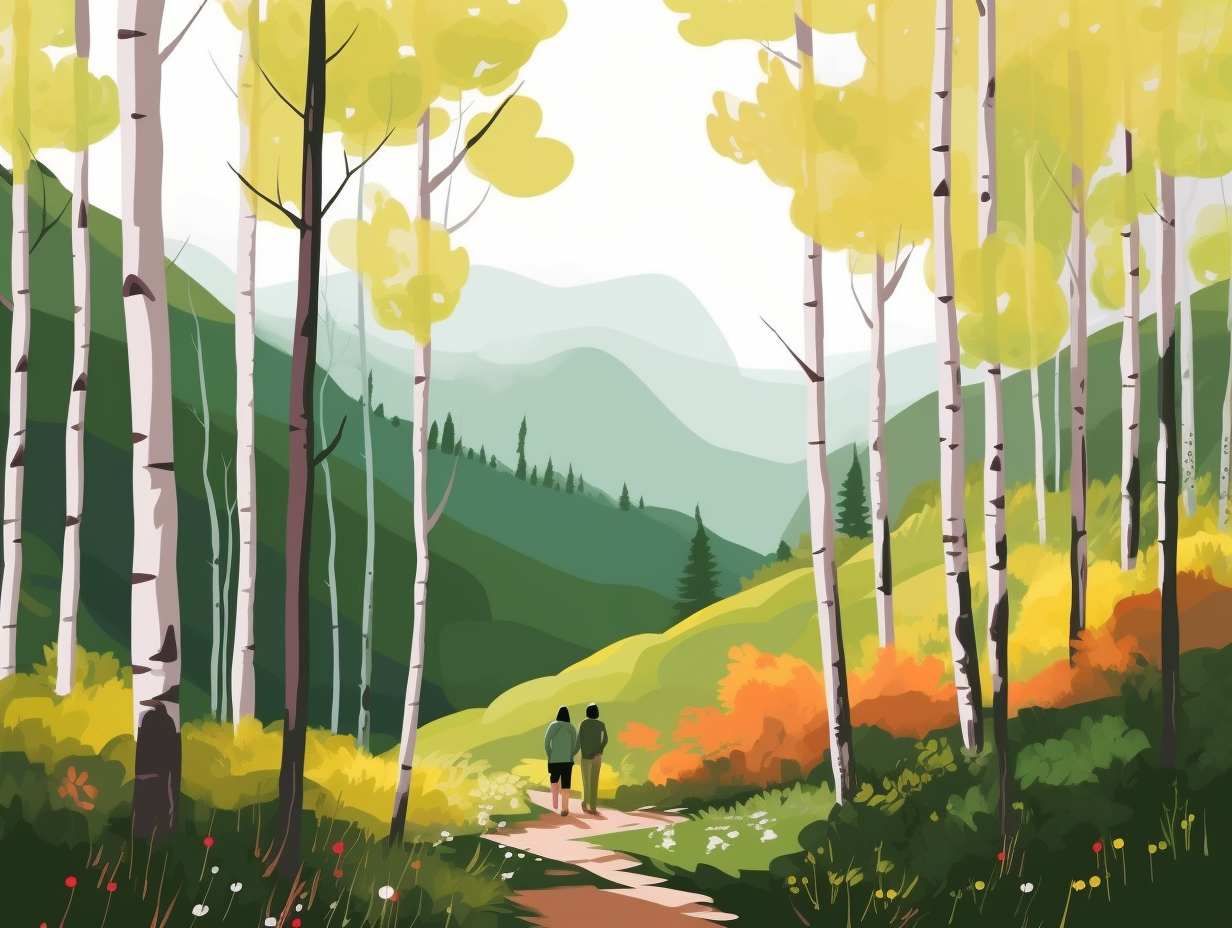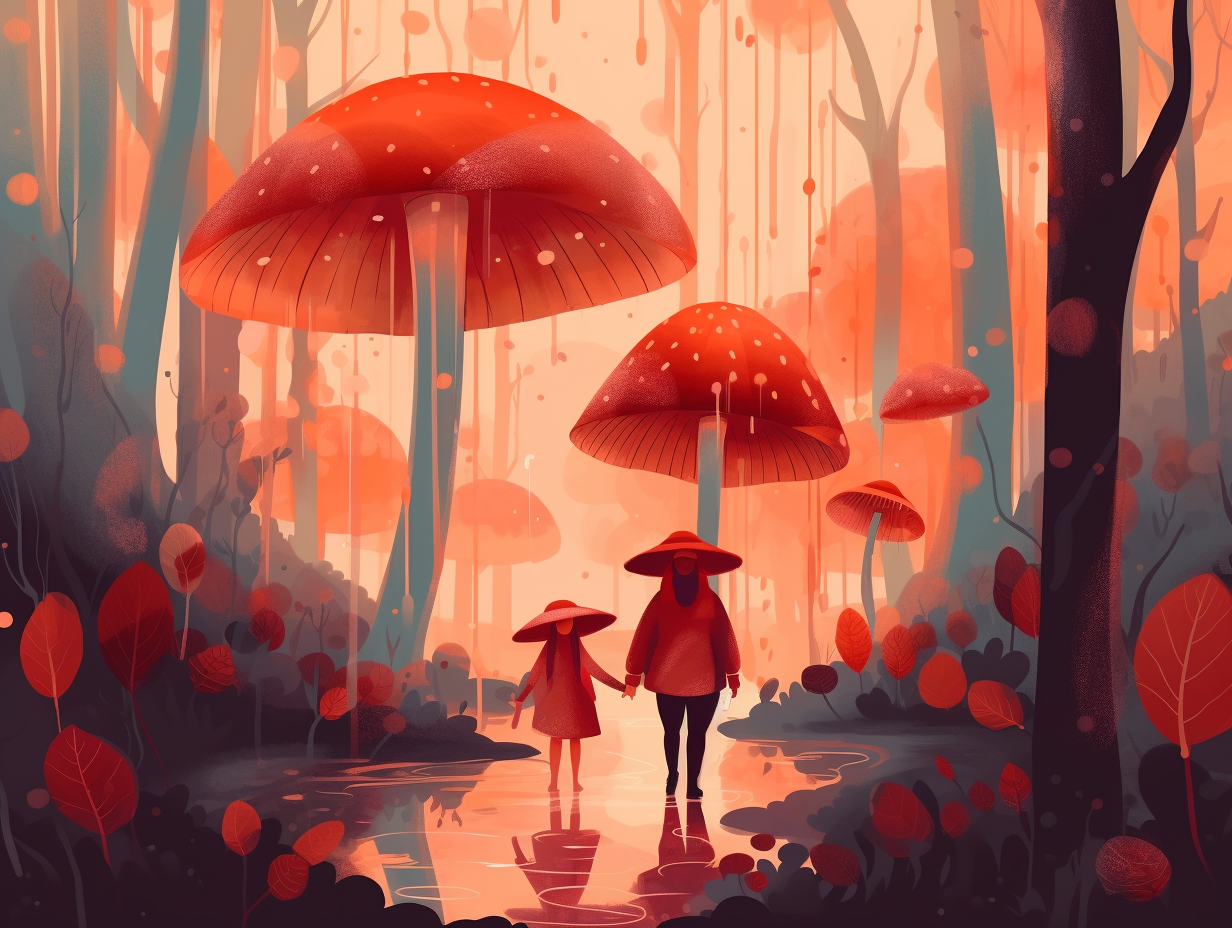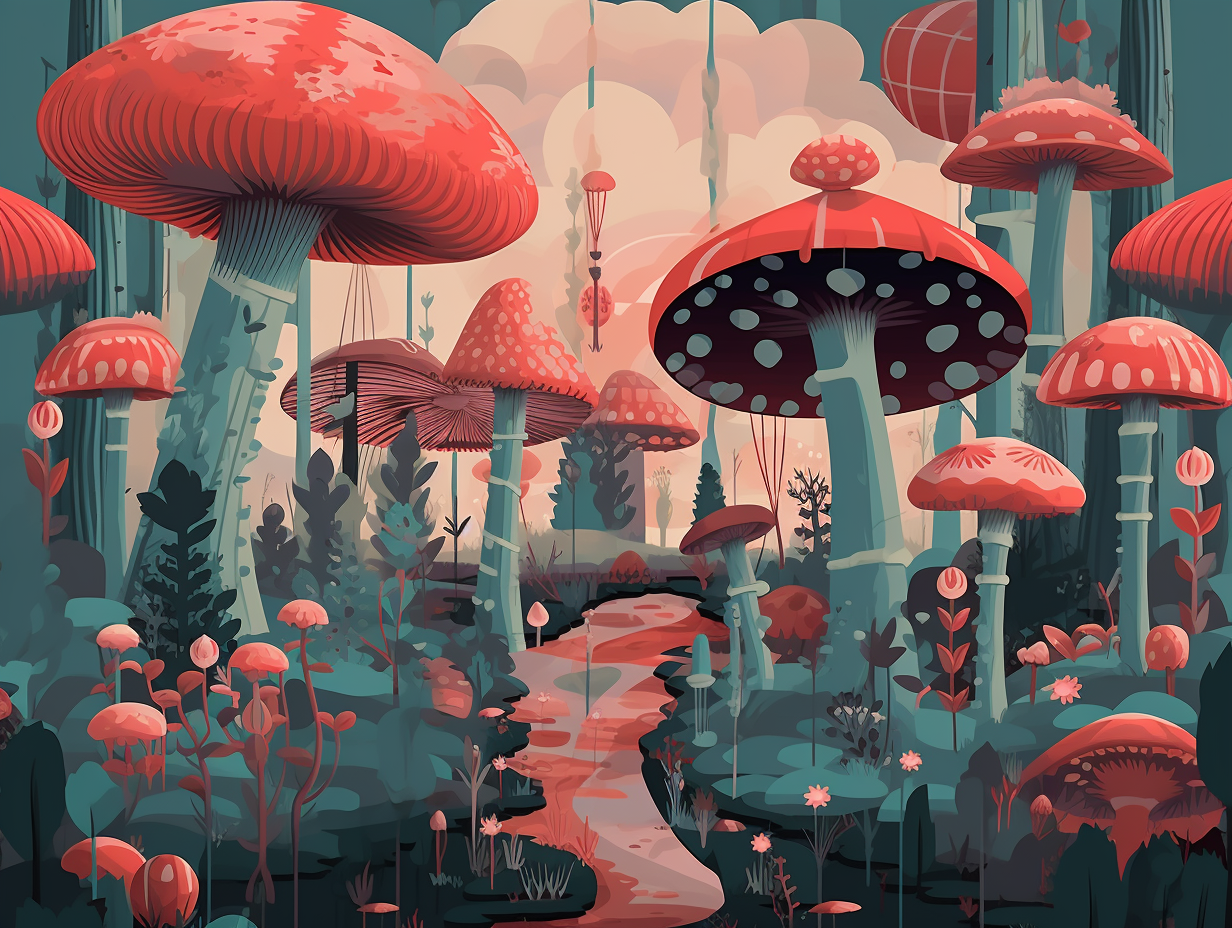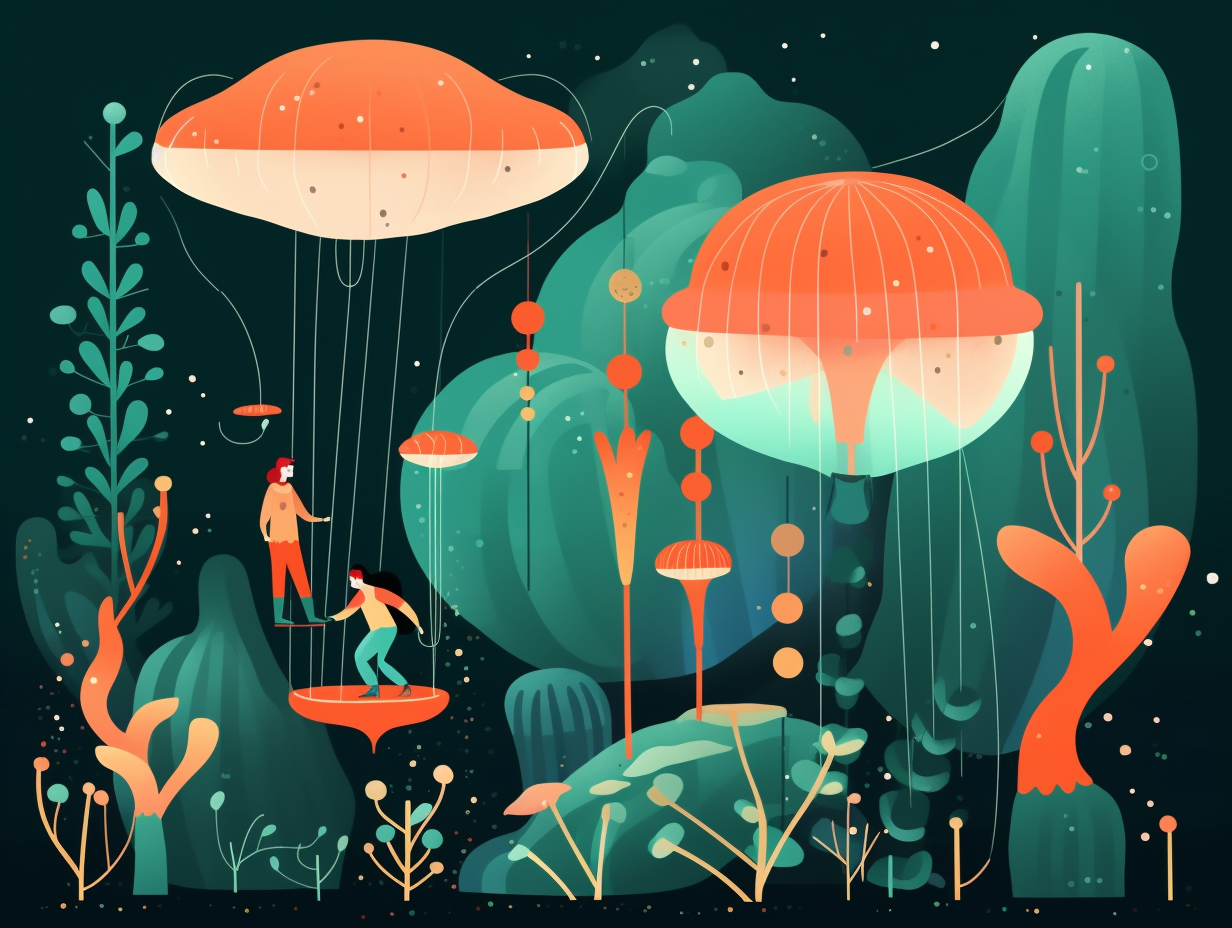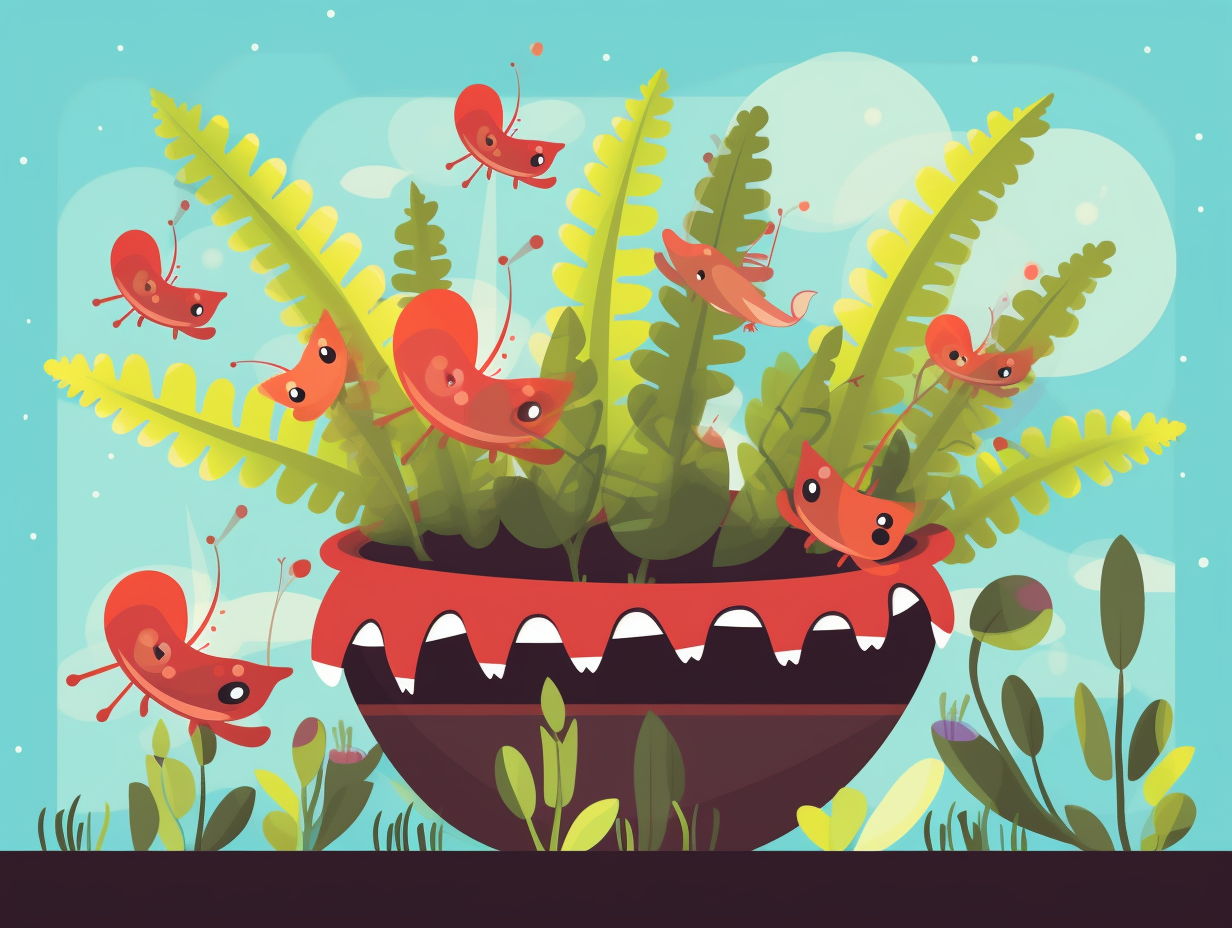Discover the Wild World of Plants: Top 13 Fun and Fascinating Botany Facts You'll Love!
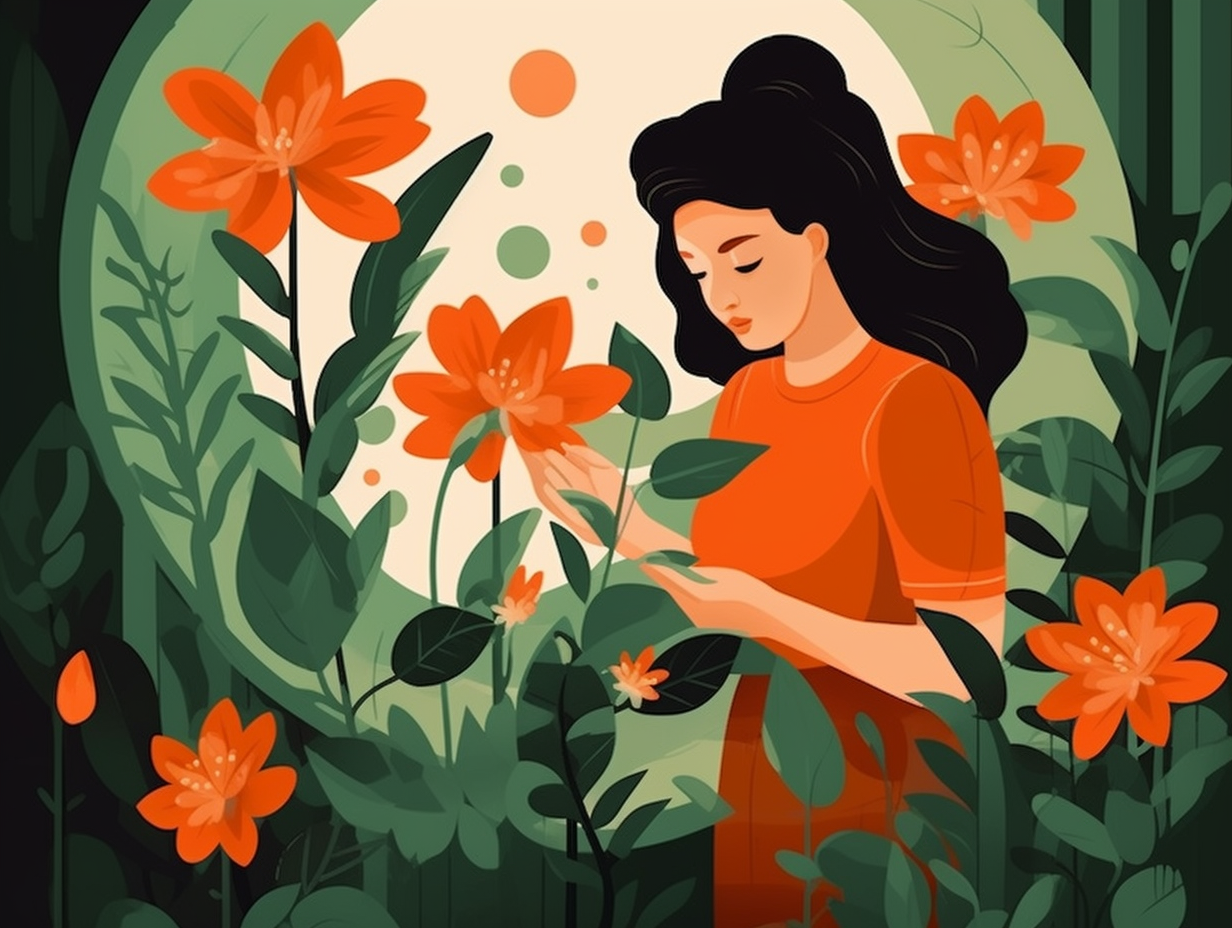
1. Bug-eating Plant Revolution
When plants turn the tables and declare, "it's a bug-eat-plant world no more!": Carnivorous plants like Venus flytraps, sundews, and pitcher plants have evolved to trap and digest insects, supplementing their diet with nutrients from these critters, especially in areas with nutrient-poor soil.
Source => thoughtco.com
2. Touchy-Feely Drama Plant
Mimosa pudica is the ultra-sensitive introvert of the plant world, folding up its leaves and playing dead at the slightest touch, like a botanical drama queen: This fascinating behavior is due to a release of chemicals triggered by touch, causing water to exit the plant's cells and resulting in a drooping of leaves as a defense mechanism against predators and resource conservation.
Source => byjus.com
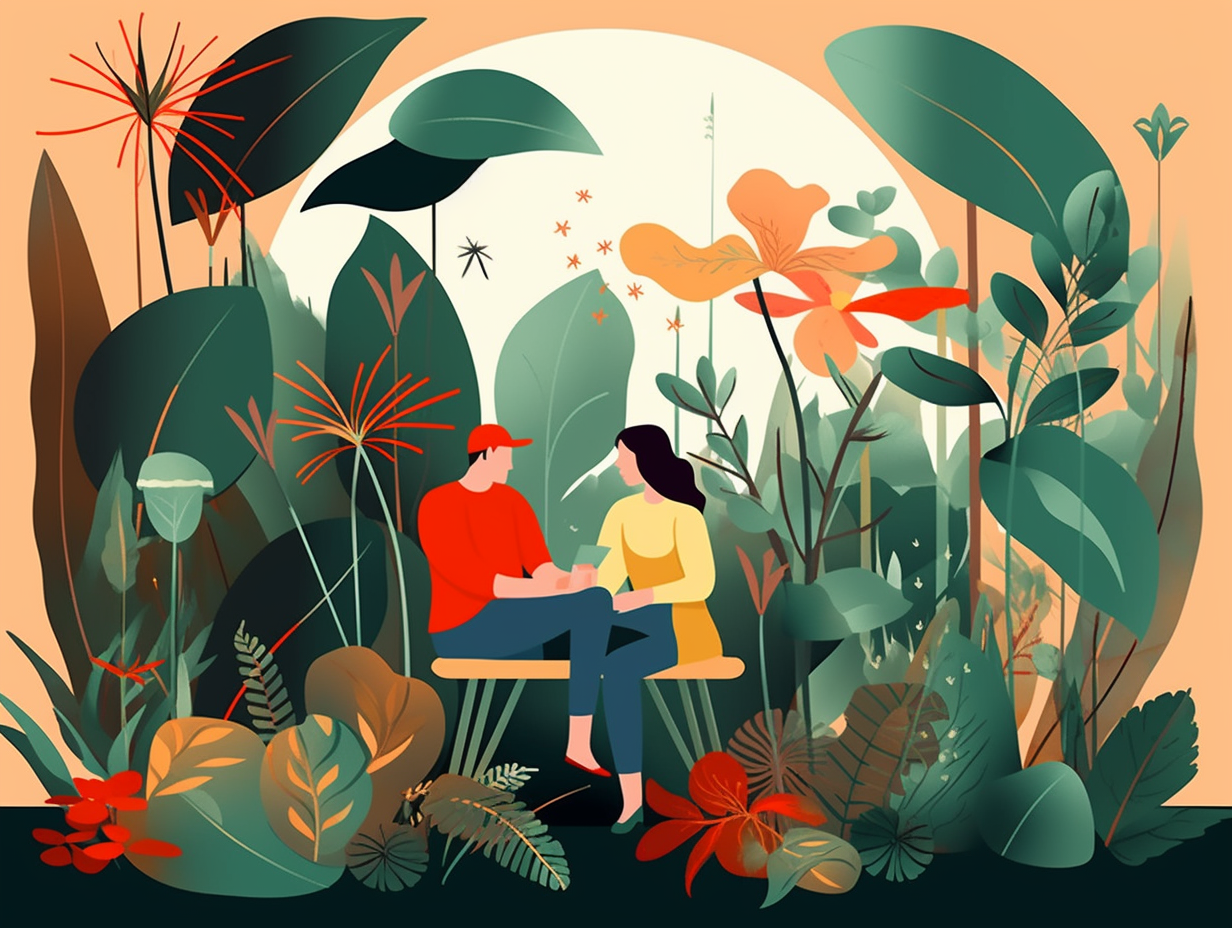
Did you know plants have their own way of communicating through scented signals? Discover how they warn each other of dangers and invite some unexpected guests!
=> Fun Facts about Plants
3. Grass: The Ultimate Plant Actor
If grass were an actor, it'd have the most diverse IMDb page known to man, starring as everything from desert nomad and rainforest Rastafarian to chilly mountaineer and beachcombing surfer: Grasses have managed to adapt to all sorts of environments, becoming one of the most versatile and widespread plant life-forms, and hold a leading role in the global box office - providing essential crop sustenance, animal feeds, construction materials, and biofuels for our ever-demanding society.
Source => en.wikipedia.org
4. Pando: The Cloning Tree Champion
You know the saying "you're one in a million"? Well, imagine being one in 40,000 – all from the same family tree! Meet Pando, the overachieving aspen grove that's been cloning itself for millennia: This gargantuan organism, spanning 106 acres in central Utah, consists of over 40,000 genetically identical trees that originated from a single seed at the end of the last ice age. Sadly, scientists are now studying Pando's decline due to various factors, hoping to bring some new life and regeneration to this truly unique natural marvel.
Source => fs.usda.gov
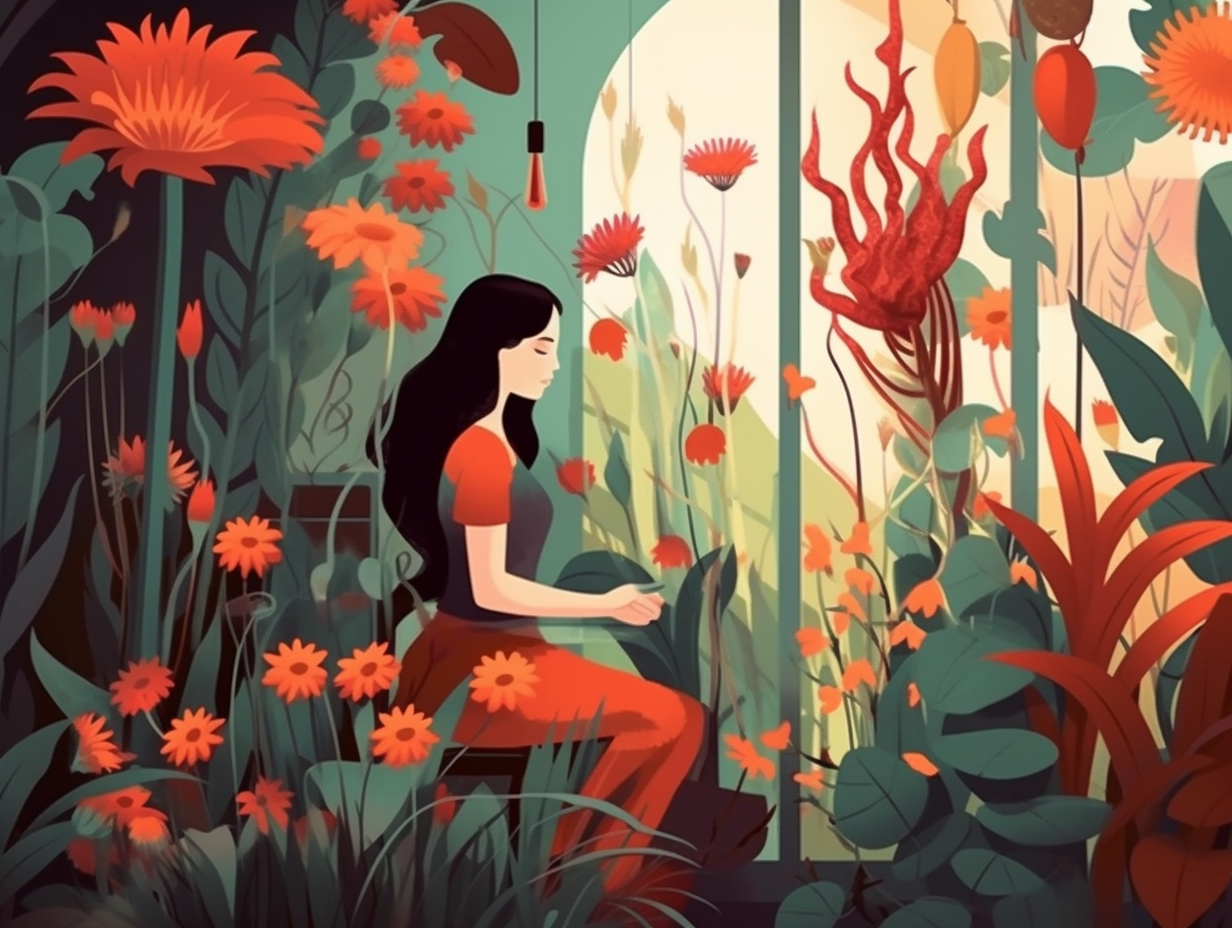
5. Avocado: From Sloth Snack to Avo-Toast
Before the avo-toast craze and millennial brunch fiascos, massive furballs named giant sloths munched on a raw guacamole buffet: The avocado, which once shared an evolutionary bond with now-extinct megafauna, has since been domesticated and selectively bred by humans, transforming it into the creamy, delectable superfood we know and love today.
Source => sciencenorway.no
6. Sunflower: The Lent-friendly Marvel
Sunflower Showdown: The Lent-approved botanical Renaissance for oil, fuel, and snacks! Sunflowers, native to North America and domesticated by Native Americans, quickly spread to Russia where their oil evaded Lent restrictions and sparked numerous applications for cooking, paint, and even diesel substitutes, while their leftover seeds became a staple snack in baseball games.
Source => milnepublishing.geneseo.edu
7. Corpse Flower's Stinky Love Tactics
They say love stinks, but for the corpse flower, it's its secret weapon in the game of love: The titan arum plant produces male and female flowers at different times, releasing a potent mix of over 30 stinky chemical compounds to trick Carrion flies and beetles into pollinating it, all while conserving energy by sending out the aroma in pulses.
Source => pbs.org
8. Orchids: Queens of the Plant Kingdom
Step aside Celine Dion, because the real "Queens of the Jungle" have a more exotic flair: the Orchidaceae family boasts a jaw-dropping 26,000–28,000 species, putting even the most fabulous divas to shame with their tropical and subtropical diversity, and making their conservation more vital than ever.
Source => frontiersin.org
9. Epiphytes: The Freeloading Air Plants
Whoever said "mind your own business" never met an epiphyte: These freeloading air plants have ditched the soil life and opted to grow on other plants, conveniently hitching a ride in search of coveted nutrients. Nutty nitrogen farmers, they've even formed alliances with bacteria and fungi to keep things fresh, BUT beware the tap – it's all about that distilled, warm water for these salt-equivocating freeloaders.
Source => thesill.com

10. Bamboo: The Speedy Grass Impostor
When it comes to stealing the limelight, bamboo is the ultimate bamboozler: a master of disguise so sly, it masquerades as a tree but is actually the world's fastest-growing grass, with some species maturing in just 3-4 months! To top it off, its sustainable harvesting practices keep the plant alive, putting an eco-friendly twist on products like bamboo toilet paper and reducing soil erosion.
Source => reelpaper.com
11. Coco de Mer: Nature's Slowest Love Story
If you ever thought your love life moved at a glacial pace, you've never met the steamy, secretive coco de mer palm couple: This botanical Romeo and Juliet produces the world's largest seed, which weighs up to 40 pounds and requires six to seven years to mature, with an additional two years for germination. The real kicker? These passionate palms take a staggering 80 to 100 years just to reach reproductive maturity, earning them the title of nature's slowest burn.
Source => thespruce.com
12. Ragweed: Nature's Annoying Pollen Party
Ah, the ruthless ragweed- it's like nature's overly-hyped wedding planner, incessantly showering us with unwanted confetti at every turn: In just one season, a single ragweed plant can produce a staggering billion pollen grains, becoming airborne travel enthusiasts and causing hay fever and asthma attacks in 15.5% of the American population.
Source => epa.gov
13. Chlorophyll: The Green Superhero
Whoever said chlorophyll is just a green-eyed monster should think again: Chlorophyll is not only responsible for the green color of plants, but it also has antibacterial properties, inhibiting the growth of bacterial pathogens and even adding benefits to food as a natural additive or semi-synthetic coloring agent.
Source => ncbi.nlm.nih.gov
Related Fun Facts

